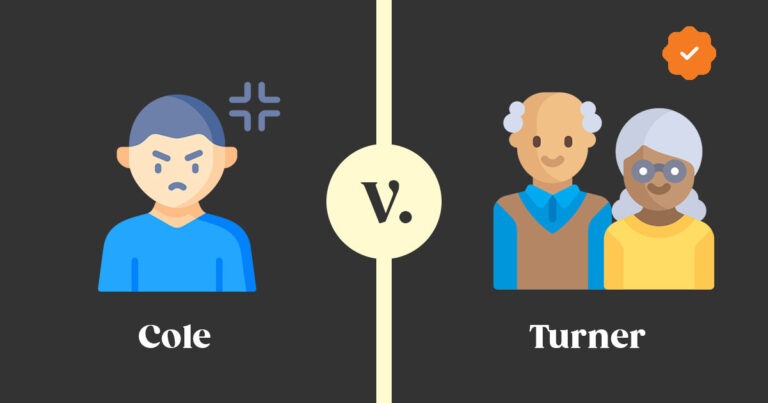Facts of the Case
The case of Cole v. Turner arose from an altercation where the claimants, a husband and wife (plaintiffs), asserted they were physically harmed by Turner (defendant). The confrontation occurred in a narrow street, where the defendant allegedly jostled past the plaintiffs. This action was claimed to be an act of battery by the plaintiffs, leading to the legal dispute in question.
The heart of this case revolved around the nature of the contact between the parties and whether the defendant’s actions, fueled by anger, constituted battery under the law. The plaintiffs sought legal redress for what they believed to be an unlawful and aggressive touching by the defendant.
Procedural History
- Plaintiffs brought an action for trespass and battery against the defendant.
- The case was heard at the Nisi Prius court.
I.R.A.C. Format
Issue
Whether any form of touching constitutes battery, or must there be an element of aggression or anger involved?
Rule of Law
Intentional touching of another in an unreasonable and violent manner is considered battery. The least touching in anger qualifies as battery, while accidental or gentle touching without negative intent does not.
Reasoning and Analysis
The court discussed how people interact physically, especially when there’s touching involved. They made a clear difference between a simple touch and a more aggressive touch, like battery. They said that even a small touch, if it’s done angrily, could be seen as battery.
They pointed out that the reason behind the contact is really important when deciding if it’s an offence.
This decision was a big deal because it meant that just touching someone isn’t always enough to be considered against the law. What matters more is the intention behind the touch.
This rule helps make sure that people aren’t wrongly accused of doing something illegal if they just accidentally touch someone. But at the same time, it helps people who’ve been hurt by someone doing something aggressive—they can get help from the law.
Conclusion
The court held that anger is a relevant element in cases of battery and that not all touching constitutes battery. Only when touching is coupled with anger can it be considered battery.
Key Takeaways
- Touching someone in anger is legally recognized as battery.
- Accidental or incidental contact without aggressive intent is not considered battery.
- The intentions behind physical contact are critical in legal evaluations of battery charges.
Relevant FAQs of this case
What is battery in law?
When someone intentionally touches another person in a way that causes them pain or distress is known as a battery. The term “intentional act” refers to a situation in which a person does something either to make contact or because they are aware that making contact will most likely result in some sort of negative consequence.
In a battery, there are two different types of contacts:
- Contact that results in actual harm.
- Contact that makes a normal person feels threatened.
In most cases, the objective test is utilized to decide whether or not a contact constitutes offensive behavior. Spitting on someone is a classic example of a battery that does not result in physical harm but can still be considered a battery.
What is the difference between battery and assault?
Both assault and battery are classified as criminal offenses even though they are two independent and different types of crimes.
The primary difference between the two acts is that a battery must involve making actual physical contact with another person, whereas an assault may or may not involve any such contact at all with the victim.
- Assault: This refers to the threat of physical harm or an attempt to cause harm to someone. It doesn’t require actual physical contact. For example, if someone threatens harm by brandishing a weapon or making menacing gestures, that’s assault. The key is the intent and the threat, regardless of whether physical contact occurs.
- Battery: Battery involves actual physical contact that causes harm or is offensive in nature. For example, if someone punches another person, causing physical injury, that constitutes battery. Unlike assault, battery requires tangible physical contact resulting in harm.
So, in simple terms:
- Assault involves the threat or attempt to harm.
- Battery involves actual physical harm or offensive physical contact.
References
Was this case brief helpful?
